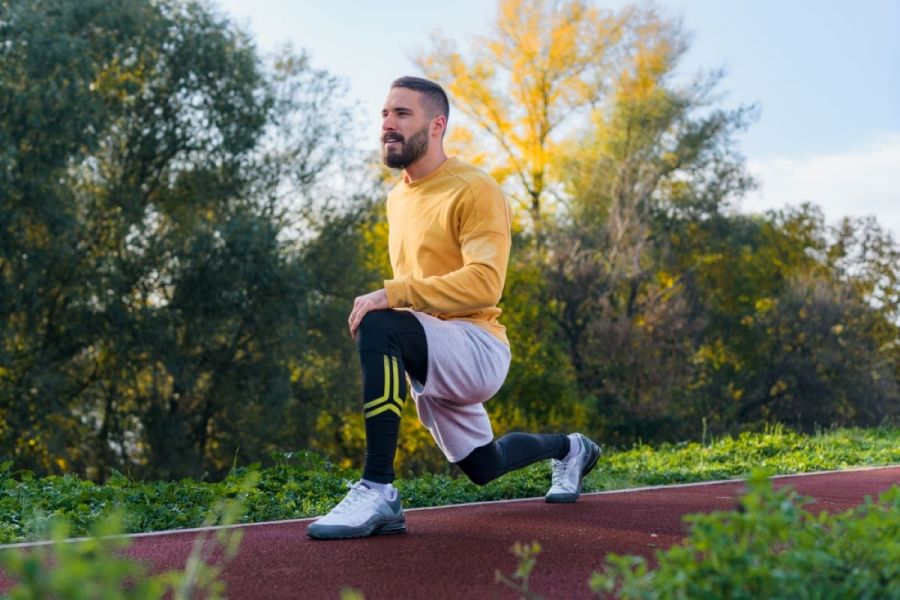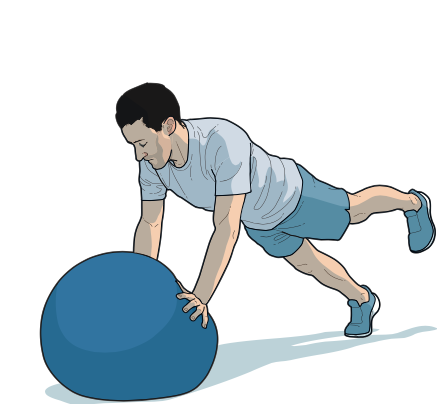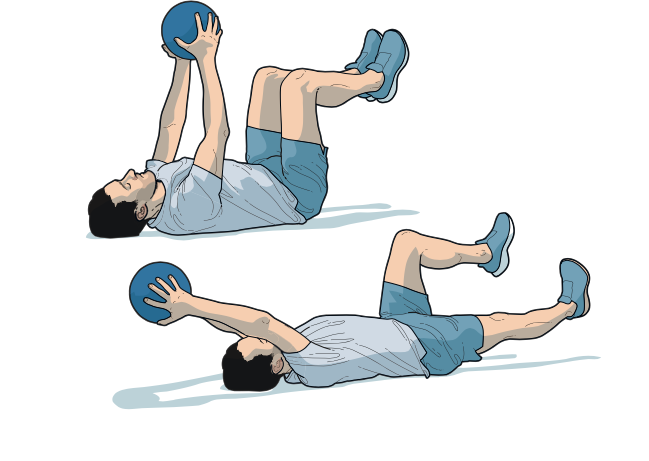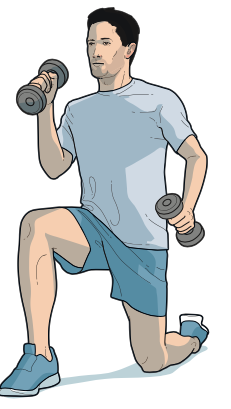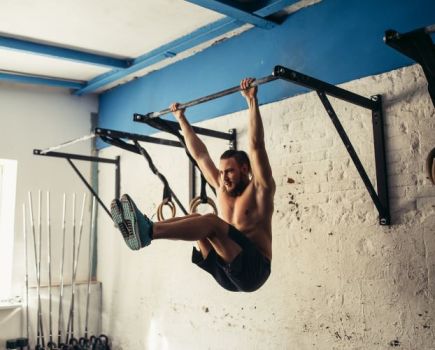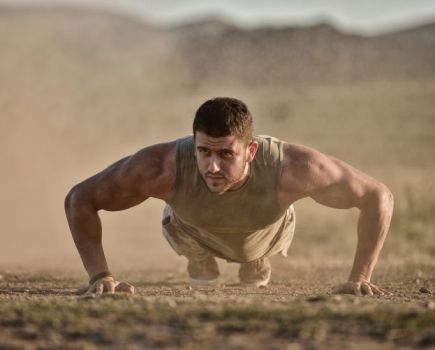Boost your power, efficiency and durability with this core workout for runners…
You might be regularly donning your running shoes, shorts and best moisture-wicking underwear and pounding the pavements, but have you ever considered adding a core workout for runners to your training schedule?
Try this circuit, which we’ve specifically designed to help build strength in your core and upgrade your running performance.
Core workout for runners
- Swiss ball plank with leg raise (Reps: 12-20 | Sets: 2-3)
- Weighted deadbug with leg lower (Reps: 20-60 secs | Sets: 2-3)
- Kneeling runner’s arms (Reps: 20-30 secs | Sets: 2-3)
Keep reading for full exercise instructions.
1. Swiss ball plank with leg raise
Reps: 12-20
Sets: 2-3
How to do it:
- Adopt a press-up position with your hands on a Swiss ball to make this a more dynamic exercise.
- Now raise one leg behind you to simulate the running motion.
- Try to avoid any trunk rotation as you slowly lift and lower your leg.
Benefits:
“When you run, your core has to be strong enough to transfer energy across your trunk, pelvis and hips,” says Dr Chris Bramah, a physio who specialises in running, “to prevent excessive rotation, and to bring the swinging leg back through more efficiently.
“This core workout exercise works your obliques and hip flexors to stabilise your trunk, pelvis and hips, and to develop extra strength and rotation control, aiding the performance of runners.”
2. Weighted deadbug with leg lower
Reps: 20-60 secs
Sets: 2-3
How to do it:
- Lie on your back while holding a medicine ball in the air.
- Raise your legs and draw in your abdominal muscles to keep your back flat.
- Now straighten one leg in front of you while moving the ball behind your head.
- Repeat with the opposite leg.
Benefits:
“Poor abdominal strength can lead to a loss of pelvic and spinal control while running, causing anterior pelvic tilt or increased lumbar extension,” says Dr Bramah.
“This can lead to an over-stride running gait or extra loads on the lower back, which can lead to injury. This core workout exercise works the abdominals in a functional, running-specific way to help control pelvic tilt and spinal extension – essential for runners.”
3. Kneeling runner’s arms
Reps: 20-30 secs
Sets: 2-3
How to do it:
- Kneel in a lunge position with a dumbbell in each hand and perform fast ‘running’ arm drives.
- Keep your trunk still and minimise rotation while performing the arm actions, which mimic your running motion.
Benefits:
“When you increase your running speed, it’s harder to control trunk rotation,” warns Dr Bramah.
“But good trunk control will allow a greater transfer of energy between your trunk and lower limbs, making you a more efficient runner.
“This exercise will strengthen your internal and external obliques to control the rotation of your trunk whenever you pick up pace.”
Core workout for runners: benefits
Standard planks and bridges will tone your abs, but they aren’t the optimal core drills for boosting your running performance.
Although abs are important, your core is really an intricately connected set of muscles which crosses your entire midsection, including the internal and external obliques (side muscles) and erector spinae (back muscles).
All these muscles need to be strong to allow your pelvis, hips and back to move in sync as you run, to minimise energy wastage, and to help you avoid injuries. Regularly completing a specialised core workout for runners can help here.
“As you run,” says Dr Bramah, “the spine and pelvis move in a dynamic and coordinated pattern, and static exercises don’t tend to train your muscles to control these patterns.
“It’s better to integrate exercises which force your musculature to control the specific movement patterns when you run.”
Related content:
Illustrations: Peter Liddiard

